

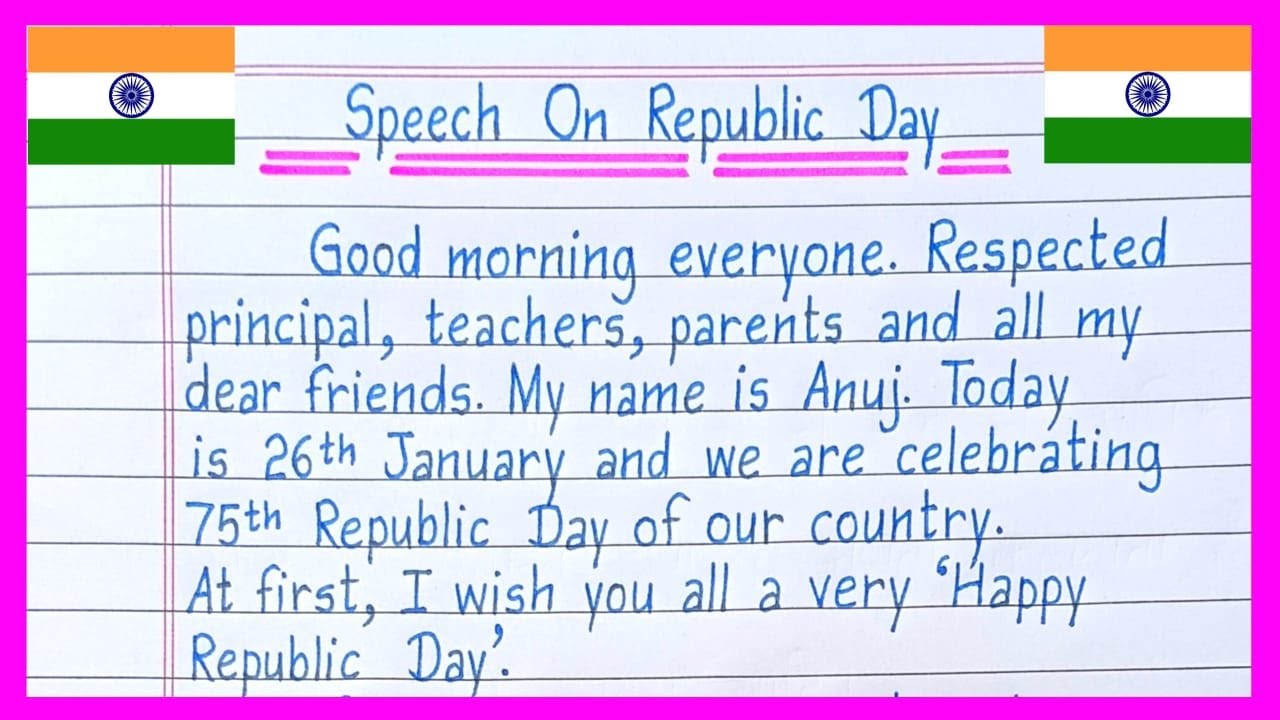
As India celebrates its Republic Day, it is important to understand the significance of the day and why the Indian flag is unfurled instead of hoisted. The theme for this year's celebration is "Swarnim Bharat: Virasat aur Vikas" (Golden India: Legacy and Progress). Students can use this opportunity to honor the country's rich culture and progress while paying tribute to the men and women who fought for India's freedom. Further, Prime Minister Modi has extended his greetings to the nation and it is a time for all Indians to reflect on the country's growth and development since the adoption of the constitution in 1950.
India's Independence Day: A Celebration of Freedom and Progress
Every year on August 15th, India celebrates its Independence Day, commemorating the day in 1947 when it gained independence from British colonial rule. This day holds immense significance for India and its citizens, as it marks the culmination of a long and arduous struggle for freedom.
Background
India's path to independence was marked by numerous events and leaders. The Indian National Congress, founded in 1885, played a pivotal role in organizing the nationalist movement. Notable figures such as Mahatma Gandhi, Jawaharlal Nehru, and Subhas Chandra Bose emerged as leaders and advocated for nonviolent resistance, self-reliance, and national unity.
The British colonial government implemented various repressive measures to suppress the independence movement, including the Rowlatt Act and the Jallianwala Bagh massacre. However, the indomitable spirit of the Indian people remained unbroken.
On August 15, 1947, the Indian Independence Act was passed, granting India independence from British rule. India's first Prime Minister, Jawaharlal Nehru, hoisted the Indian flag at the Red Fort in Delhi and delivered a historic speech.
Significance
Independence Day is a time for Indians to reflect on the sacrifices made by those who fought for their freedom and to celebrate the progress the country has made since then. It is a national holiday and is observed with parades, cultural performances, and speeches by government officials.
The Indian flag is unfurled instead of hoisted on Independence Day to symbolize the country's unwavering commitment to peace and nonviolence. The colors of the flag represent different aspects of India:
FAQ
1. What is the significance of the Indian flag?
The Indian flag represents the country's unity, independence, and aspirations for peace and progress. Its colors symbolize courage, truth, faith, and the cycle of life.
2. Why is the Indian flag unfurled instead of hoisted?
The Indian flag is unfurled to represent the country's commitment to peace and nonviolence. Hoisting a flag typically symbolizes conquest or victory, whereas unfurling it indicates a respectful display.
3. Who was the first Indian Prime Minister?
Jawaharlal Nehru was the first Prime Minister of India, serving from 1947 to 1964.
4. What was the Indian National Congress?
The Indian National Congress was a political party founded in 1885 that played a leading role in the Indian independence movement.
5. Who was Mahatma Gandhi?
Mahatma Gandhi was a prominent leader of the Indian independence movement and is considered the father of the nation. He advocated for nonviolent resistance and self-reliance, and his teachings continue to inspire people around the world.
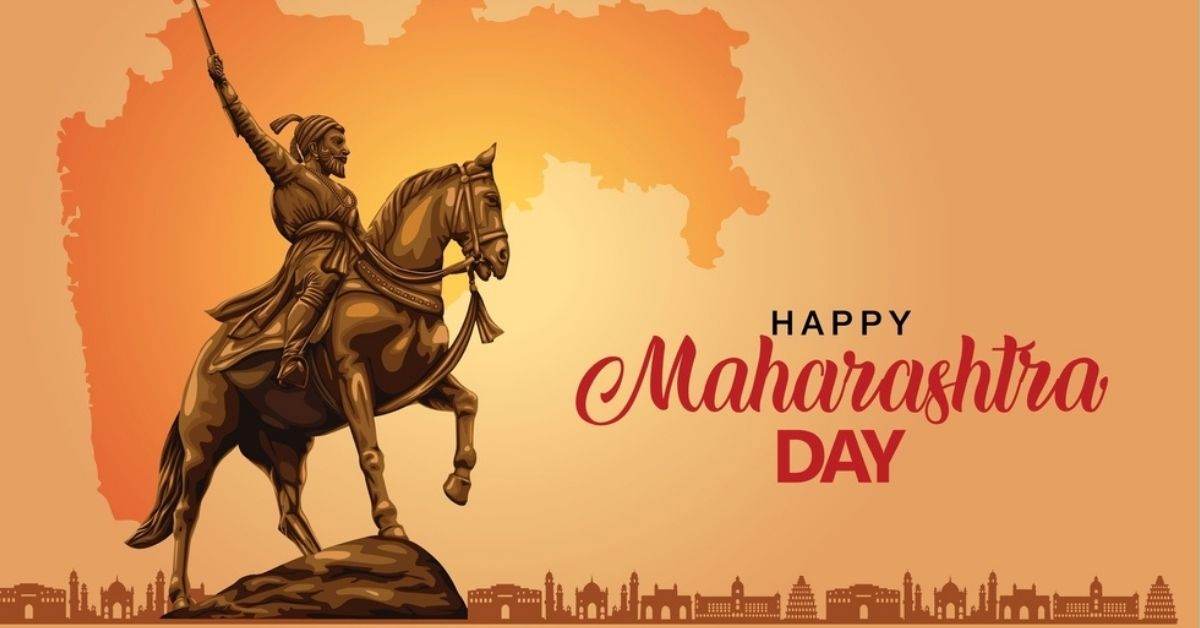
Maharashtra Day not only marks the formation of the Marathi-speaking state, but also celebrates the rich culture, traditions, and contributions to art, literature, and politics. The state's division based on linguistic lines in 1960 was a result of the Samyukta Maharashtra Movement, and today, May 1 serves as a reminder of the unity, courage, and culture that can shape the destiny of a state. Let's honor and cherish the legacy of Maharashtra on this special day.

As we celebrate International Labour Day on May 1, let us take a moment to honor the hardworking individuals who have fought for their rights and improved working conditions. This day serves as a reminder for governments and society to prioritize protecting workers' rights and addressing their demands for fair wages. Join in the celebration by sharing wishes, quotes, messages, and statuses with the dedicated workers in your life.

As Labour Day approaches on May 1, 2025, India prepares to honour its workers and commemorate the labour movement with various closures and celebrations. Banks in major cities, including Mumbai and Chennai, will remain closed along with schools and government offices in observance of the holiday. Additionally, traders in the Indian stock exchanges will have a day off as well. In Maharashtra, a dry day will be observed, with the sale of alcohol prohibited.

This article sheds light on the increasing suppression of free speech and dissent in Indian universities. With the rise of protests and student demonstrations against various issues, university administrations and authorities have resorted to violent crackdowns and oppressive measures to stifle any form of dissent. This not only highlights the larger systematic attempt to subvert democracy in India, but also exposes the complicity of mainstream media in damaging the image of these universities and their students. Moreover, the ongoing attack on academic freedom and the rise of intolerance on university campuses raise concerns about the future of critical thought and intellectual discourse in the country.
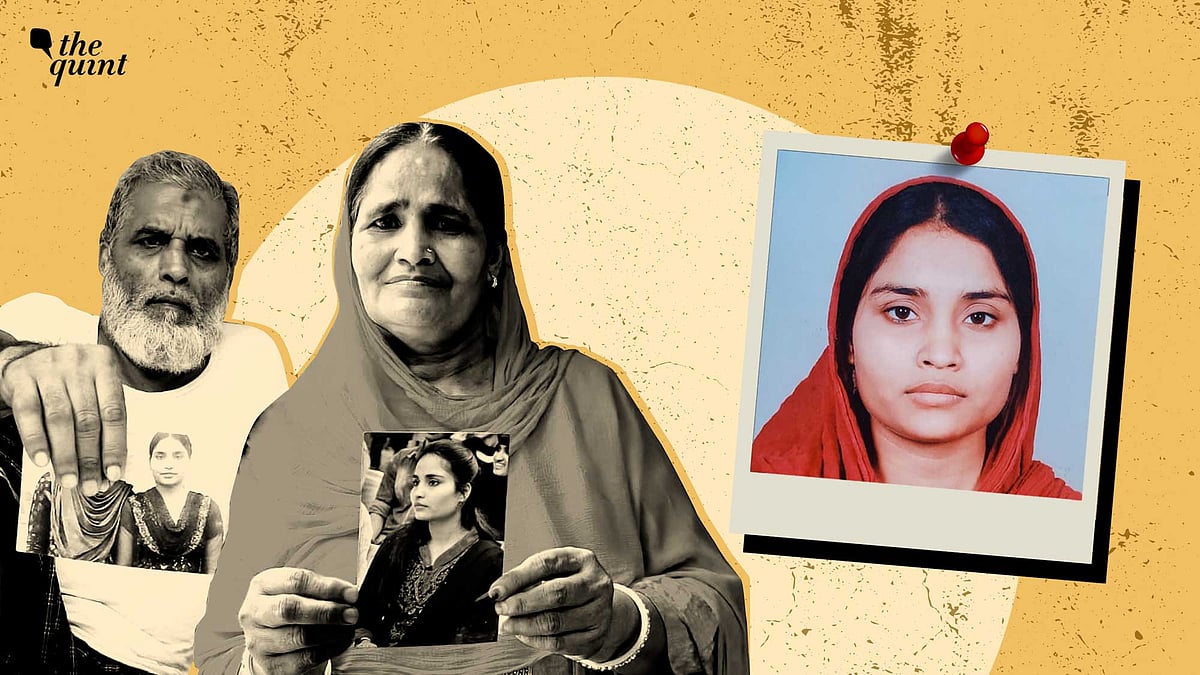
It has been five years since Gulfisha Fatima was arrested for her involvement in the anti-CAA and NRC protests in India. Despite police allegations and charges, activists and actors have come together to show support for Fatima, sharing her powerful and poignant poems on social media. As she continues to write and express her thoughts from prison, it brings attention to the injustice of her prolonged incarceration and the state's manipulation of time in its favor.

A retired CRPF officer in Maharashtra's Jalgaon district has been arrested for allegedly shooting and killing his MBBS-graduate daughter at a family function, as he disapproved of her marriage to a man with a lower educational qualification. The incident has sparked discussions about societal prejudices related to education and class in marital relationships, exposing the deeply entrenched patriarchal mindsets that can lead to such harrowing acts of violence. The father has been charged with murder and the Arms Act, while the son who accompanied him has also been arrested in connection with the attack.
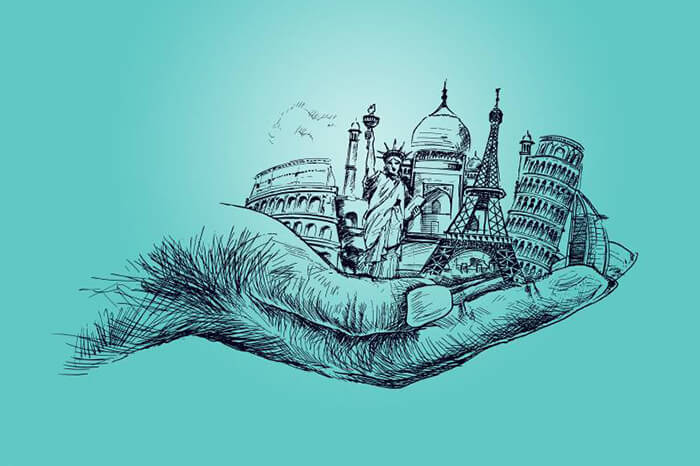
The preservation of cultural heritage is crucial in maintaining the identity and history of communities. From ancient cities to folk traditions, each element reflects the resilience and creativity of humanity. However, these treasures are at risk due to neglect and other factors, making it more urgent to document, safeguard, and celebrate our heritage. Efforts to revive art forms, preserve landmarks, and promote cultural education must be supported by all, as it not only connects us to our roots but also has positive effects on sustainable tourism and international understanding. Let us make it our shared responsibility to protect our valuable heritage.
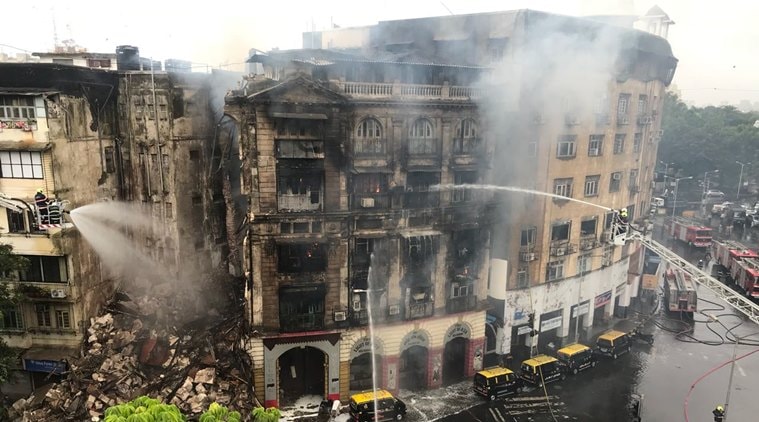
A severe fire broke out at a building housing the Enforcement Directorate (ED) office in the Ballard Estate area, marking the second major fire incident in Mumbai within two days. The fire was reportedly limited to the fourth floor and no casualties have been reported. Firefighters were able to control the flames with the use of multiple vehicles and resources. This incident has raised concerns about potential safety hazards in commercial buildings in Mumbai.

A recent study has found that constantly being exposed to news updates can seriously impact one's mental and physical wellbeing, leading to increased levels of anxiety and stress. To combat this issue, it is highly recommended to take breaks from news consumption and follow a 10-step practice, which includes reducing screen-time, avoiding triggering content, and engaging in activities such as nature walks and meditation. These practices will not only help reduce anxiety caused by news, but also promote overall mental wellbeing.
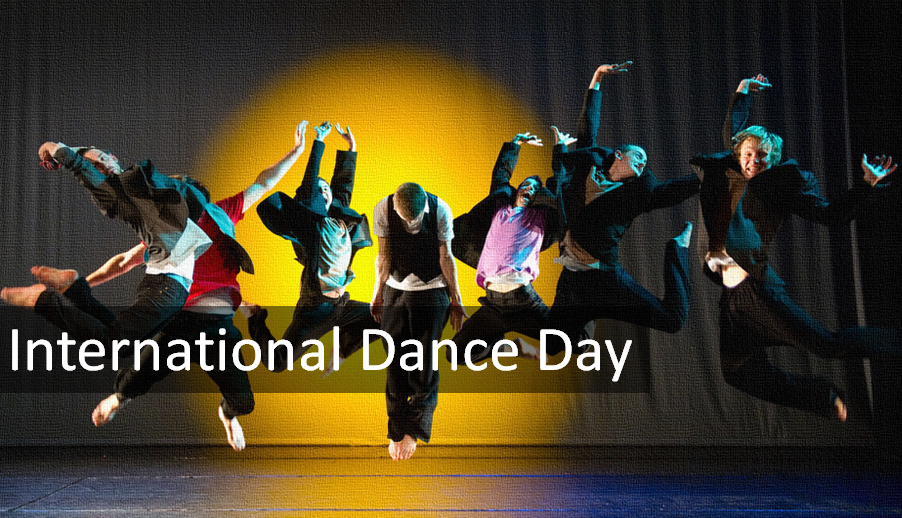
On April 29, 2025, the world will come together to celebrate International Dance Day, a global tribute to the diverse and captivating art of dance. Established in 1982 by the International Theatre Institute (ITI) and UNESCO, this special day highlights the universal language of dance and its ability to unite people from all around the world. This year's celebration will feature a message from a renowned dancer or choreographer, honoring the legacy of Jean-Georges Noverre and showcasing the power of dance as a form of storytelling and cultural expression. So put on your dancing shoes and join in the worldwide celebration of International Dance Day!